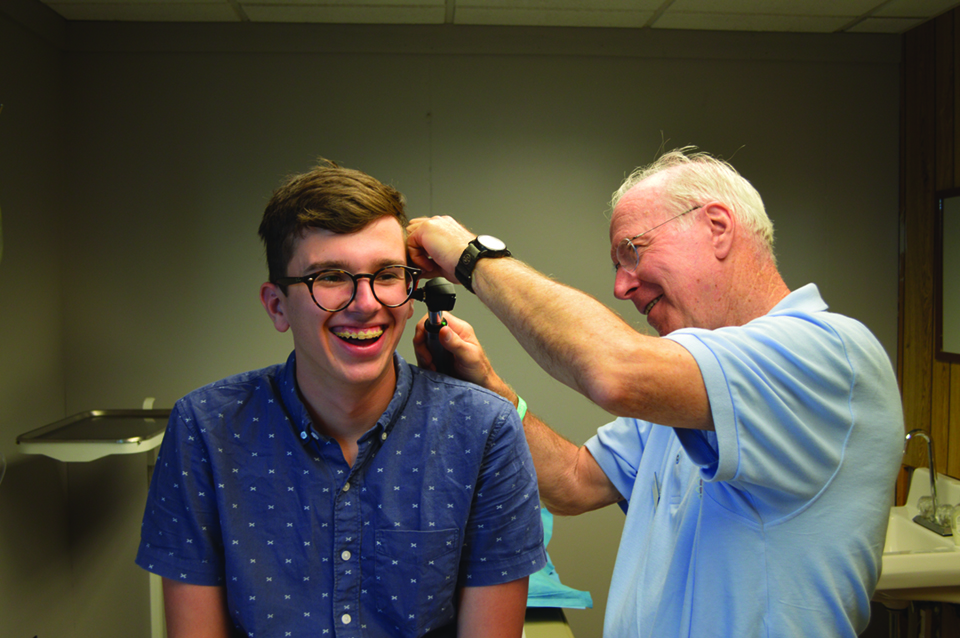Find Fast Help at First Aid Locations
By Abby Oleniczak
July 25, 2019 - Blister on your foot? Bad sunburn on your shoulders? Or just feeling lethargic and out of sorts?
Go to one of the First Aid buildings located on the EAA AirVenture Oshkosh grounds, where you can find a friendly medical volunteer happy to help with any medical triage.
First Aid buildings can be found in Camp Scholler, open 8 a.m.-3 p.m. daily, and on the main grounds on Eide Street, across from the Sky Shoppe, open 8 a.m.-7 p.m. daily.
EMTs and paramedics can also be found in the Ultralights area.
Bob McAndrew is one of the head volunteer doctors at the main facility. Bob is from Pennsylvania, and he discovered the overwhelming fun of AirVenture in 1981 and has been back ever since. In 1982, he began volunteering in first aid and shortly after earned his private pilot certificate. He then pursued his instrument rating and later trained in aerobatics, which thrilled him for 25 years.
Bob said he decided to become a doctor because he wanted to care for the injured and sick.
The First Aid buildings on the AirVenture grounds deal mostly with minor medical illnesses and scrapes and bruises, and volunteers communicate with local EMTs to provide transportation when needed.
Mary Jeanne Trosky, First Aid chairman and RN, said each year the facilities treat about 350 patients, excluding those who just need bandages, aspirin, or sunscreen. Staff members are all volunteers and must be current in their licensure.
"Most volunteers come back each year and bring new ones," she said. Besides doctors and nurses, they also have volunteers for transport, registration, and miscellaneous duties.
Doctor Bob shared some health tips to keep in mind this week while enjoying every activity AirVenture has to offer:
First, continually reapply sunscreen and apply it 40 minutes before exposure for best protection.
"If you were to apply 40 SPF, then you would not burn for 400 minutes," he said. Basically, multiply the number of SPF by 10 and that's how long you should be protected.
Second, know where water fountains are located and continually drink water to stay hydrated and to prevent dehydration and fatigue.
Last, wear sunglasses and hats to keep protected from the sun.

